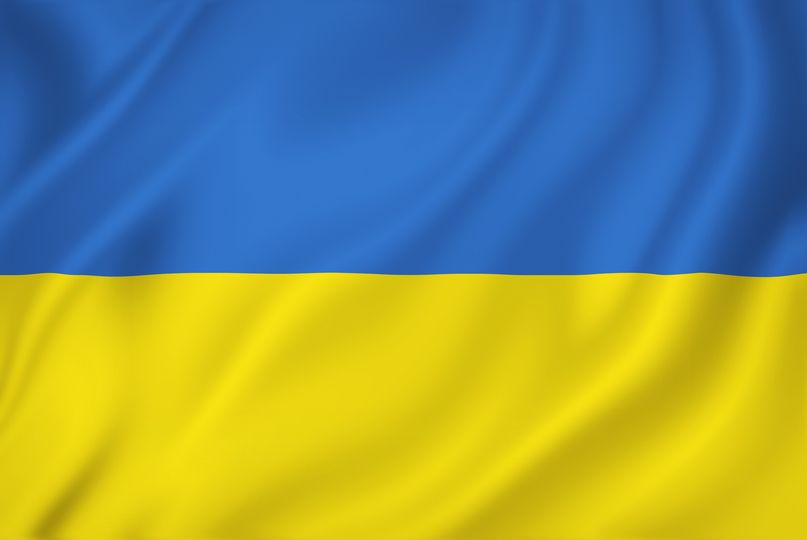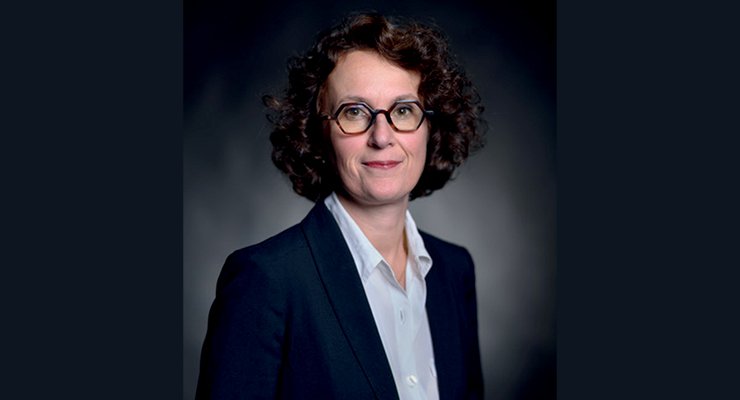The Sino-French Institute in Engineering (UTSEUS) at the University of Shanghai
Created in 2005 by the network of French universities of technology and Shanghai University, our engineering school is today the first Sino-French university cooperation, a pioneering and unique partnership in the fields of training and research. The Sino-European Institute of Technology of Shanghai University (UTSEUS) trains more than 1 200 Chinese, French and European students each year in an international and multicultural environment.
A University of Technology (UT) in China
UTSEUS is an institution created in 2005 at the initiative of the 3 partners of the French UT network (Compiègne, Troyes and Belfort-Montbéliard) and a Chinese partner, the University of Shanghai.
Site web de l'UTSEUS
The University of Shanghai
Shanghai University, founded in 1922, is the result of a merger in 1994 of 4 universities, with a total enrolment of about 37 000 students, all cycles combined. It is financed by the Shanghai municipality and ranks among the top 18 Chinese universities out of more than 1 129 institutions.
This multidisciplinary institution (27 schools and colleges, several key State laboratories and many different institutes) was selected by the French UT network for its geographical location, its proximity to French and European companies established in Shanghai, and its development dynamics.
Shanghai, with approximately 23 million inhabitants, is indeed a very important economic area, hosting many of the largest Chinese companies and attracting the most renowned international companies. It is also a city that encourages innovation and the creation of businesses, not only in China but more globally in Asia.
Industrial partners
As a result of the structuring of industrial relations, UTSEUS has signed a partnership agreement with numerous companies: Scheider Electric China, Dassault System, Total China, Baoxing information (IT section of Bao Steel), Micropole China, HuiYi Financial Information Service Company, Air Liquide, ZTE, Siveco, Decathlon, Suez, China Materiala, Citizen, Xerox, Vidon, TechnoChina, Faurecia FECT, ACTIA China, Alcatel-Lucent Entreprise China, ENGIE China, Learning Tribes China, Serrinov, Faurecia (China) Holding Ltd., resulting in various forms of enhanced collaboration for courses, conferences, factory visits, industrial or sponsored projects, internships or mobility grants.
Cross-student mobility
Engineering programme for Chinese students
UTSEUS now offers 4 Chinese classes of students training in computer engineering, mechanical engineering, biological engineering and materials science.
After a 3‑year training in Shanghai, including specialty courses and intensive French courses, the best Chinese students can come to France for 2 years of study and internship in one of the three French UTs universities of technology to obtain the double French engineering degree and the Bachelor of Engineering degree from Shanghai University.
Exchange semester "Sciences and Humanities in China"
This programme is intended for 2nd year students from French universities of technology or from partner universities who wish to have a first international experience.
For one semester, students have the opportunity to continue their studies and acquire the first keys to understanding Chinese culture by sharing their courses with 3rd year Chinese students.
"International Engineer" exchange semester
This programme is open to “Master 2” students from the 3 French universities of technology and other partner universities, from all engineering specialties.
For one semester, students benefit from the dynamic Asian environment before their entry into working life. Thanks to an offer of professionalizing courses, projects within companies or meetings with expatriate engineers, the students open themselves to possible internationam career perspectives.
Semester on "Language, culture and innovation"
This programme is intended for students, young professionals or entrepreneurs from all backgrounds (engineering sciences, human and social sciences, management, arts, law) at Master's Degree level M1 or M2, who wish to give an international dimension to their studies.
For a complete semester, students live a real experience based on the meeting of cultures and disciplines. With "innovation in tomorrow's smart and connected cities" as the main theme, students learn through practical and concrete courses and projects, supervised by a dynamic team of teachers, professionals and research staff.
The ComplexCity Laboratory
In 2012, UTSEUS also launched the world's first research laboratory dedicated to smart city issues – Complex City. Bringing together a range of scientific disciplines from both universities of technology and Shanghai University, it involves researchers from France and China, as well as numerous academic and industrial partners.
Studying urban systems
Complex City is a transdisciplinary research laboratory that aims to study the city and, more broadly, urban systems. Its work is based on an innovative approach combining the analytical and computational capabilities of the engineering sciences with the openness and creativity of the humanities and social sciences.
ComplexCity is also an incubator and a Franco-Chinese meeting and exchange platform for research projects on the city. Exploring and analysing the city as a complex system will help to better understand today's cities and to design the cities of the future to face global societal challenges.
ComplexCity contributes to the conception of new ways of thinking about cities and thus supports its management, design and evolution. In order to master the growing complexity of cities and at the same time take into account the different ways of thinking about the city, we need intellectual models and tools
Research axes
The research axes of the ComplexCity laboratory are organized around 3 complementary approaches:
- the data that needs to be collected,
- the models that can be used on the basis of the meaning of these data,
- the interpretation methods and tools that enable conceptualisation and decision-making based on the results produced by the models.
Areas of application
5 application areas have been identified:
- Risk and crisis management,
- Metabolism of a city,
- Urban maintenance,
- Physical modelling for urban comfort and energy efficiency,
- Aging and gerontology in the city.
14 Franco-Chinese projects
The Complex City laboratory hosts 14 interdisciplinary research projects, selected by the research directors of the group of French universities of technology and its Sino-French team during two calls for projects launched in France in 2013, completed by a seminar in China. Four projects were awarded French funding and 4 others were submitted to national or international funding projects.
Most of the projects include at least 2 UTs and Shanghai University and are all characterized by their focus on the city, both through the engineering sciences and the humanities approach.
Contact and documentation
Guide de l'étudiant
Plaquette des relations internationales



